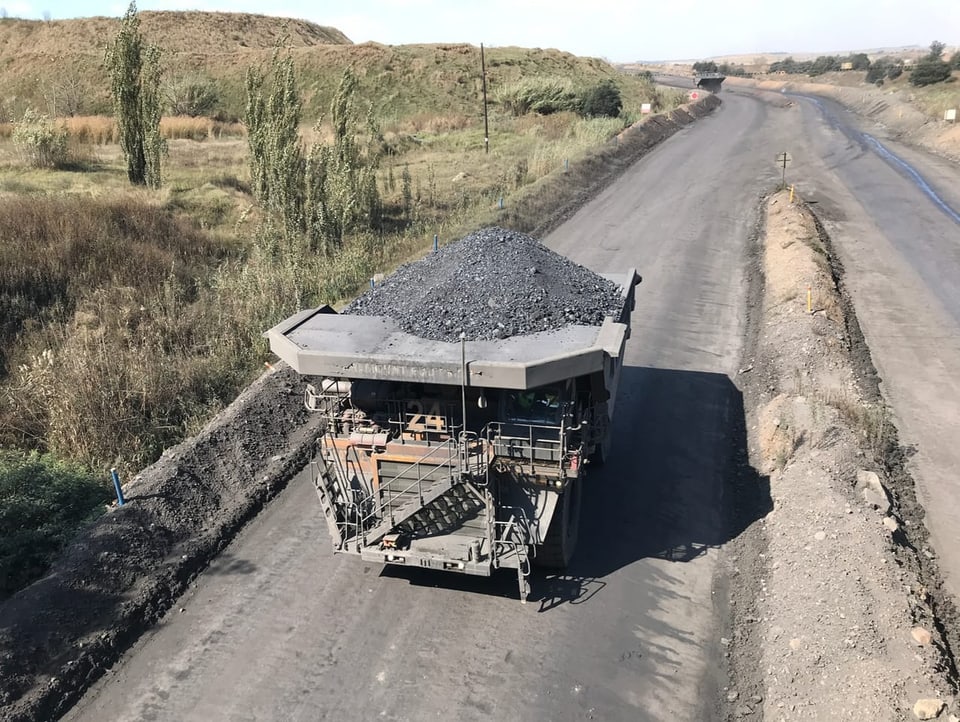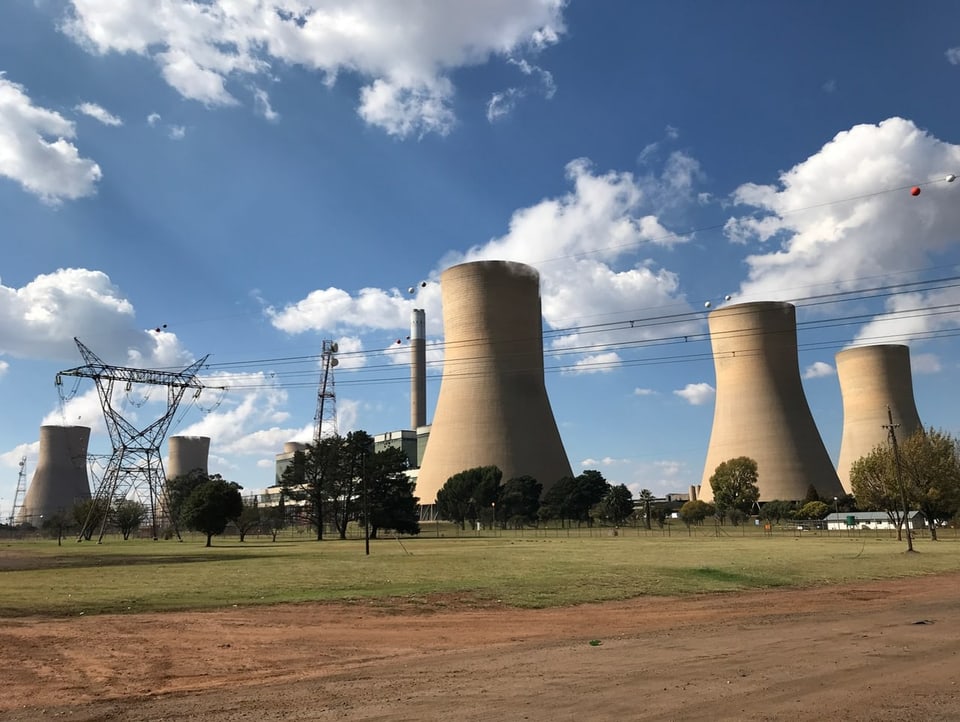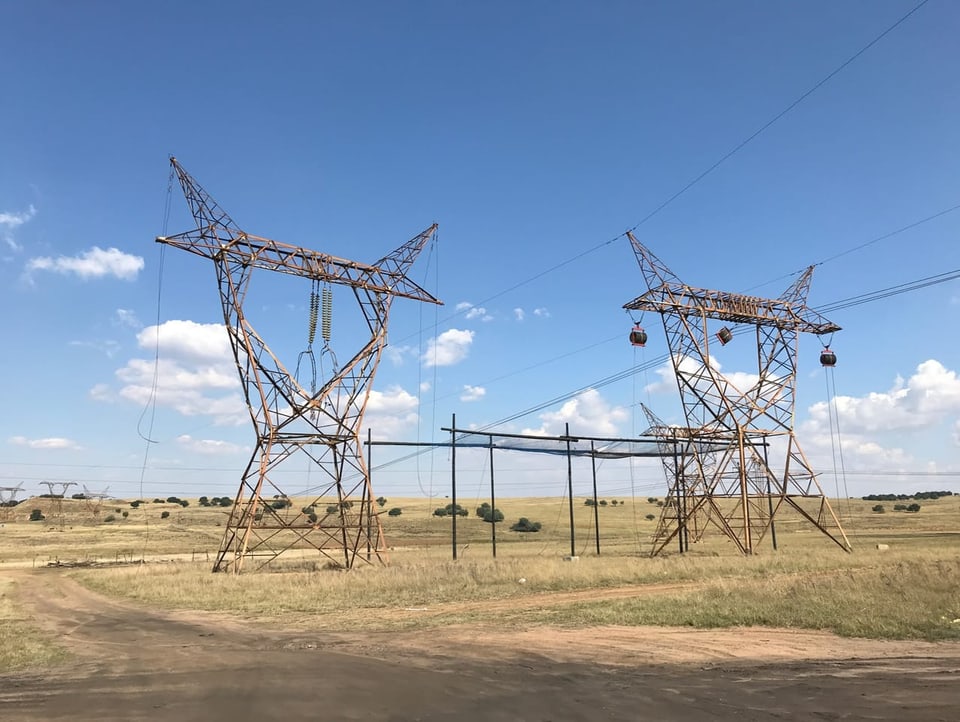Contents
At the southern tip of the African continent, there is a deep power crisis. More than 80 percent of electricity in South Africa is produced from coal. The people who ensure that the country is supplied with electricity in the so-called coal belt pay a health price.
“There’s coal everywhere here,” says trade unionist Sam Lukhuleni. “Even if you tear up this road, there’s coal underneath.” The coal is visible everywhere in Mpumalanga province: coal mines, trucks and trains transporting coal, conveyor belts delivering the coal from the mines directly to the power plants. And over Mpumalanga lies a permanent smell of coal.
Around half a million people live here directly or indirectly from coal or electricity, says Sam Lukhuleni, who represents the miners at the NUMSA union. South Africa is one of the countries in the world that produces and consumes the most coal.
“This is a Glencore open-pit mine,” says the union leader, pointing to a hill. Glencore, the Swiss-based commodities company, makes billions from South African coal. Especially since the prices for coal have exploded at times because of the Ukraine war.
A man works at the Glencore mine who will not be named. The 42-year-old fears losing his job if he speaks to the media. “The coal mines are where you can earn enough money to pay your children’s school fees.”
He would earn better in the coal sector than in a supermarket. Around a third of all people in South Africa are unemployed. That’s why the miner considers himself lucky to have been working in the coal mine for 15 years and making sure that South Africa has electricity.
I pull thousands of tons of coal from the ground. And when I come home, we still have no electricity.
South Africa is in the deepest power crisis in its history. The power goes out for hours every day. The reason: the demand for electricity has exceeded the supply for years. To prevent the national power grid from collapsing, the electricity is currently shut off for several hours every day – this is known as “load shedding”.
With the electricity crisis, his work is increasingly frustrating, says the miner: “I get thousands of tons of coal out of the ground. And when I come home, we still have no electricity.” That’s frustrating. But there are people who pay an even higher price.
health price
According to studies, up to 5,000 people die every year as a result of air pollution from coal-fired power plants. The Mpumalanga area is considered to be one of the most polluted in the world.
Nobody knows that better than Sam Lukhuleni. At NUMSA he is responsible for occupational safety and health. “The water that people drink here is contaminated with chemicals. The coal dust leads to respiratory diseases,” says Lukhuleni in front of the Duvha coal-fired power plant.
The noise from the power plant sounds like a jet plane constantly circling overhead. “The people who live next to the power plant are affected by the noise, the dust, all the emissions.” That is a problem. All the more so because, despite the high price people pay for electricity production here in the coal belt, at the end of the day the lights don’t go on because of the power outages.




